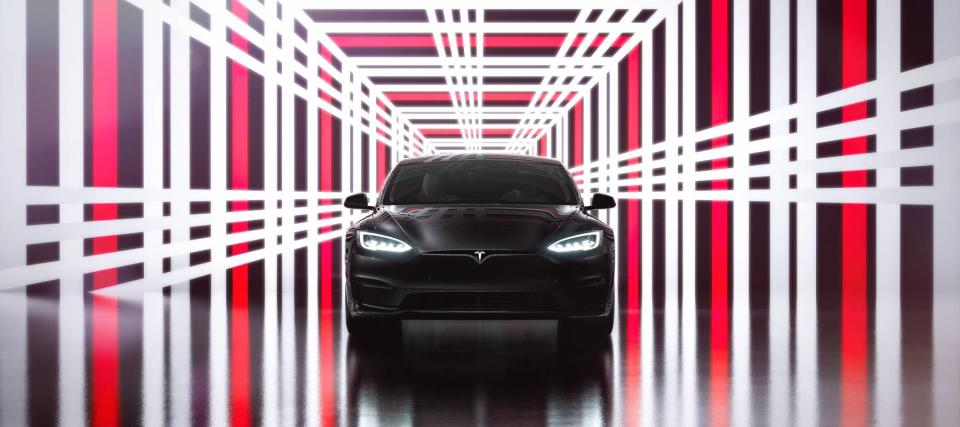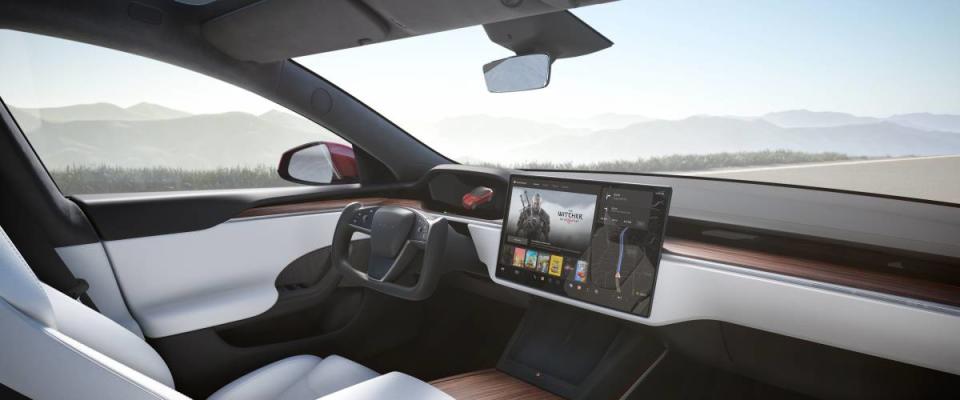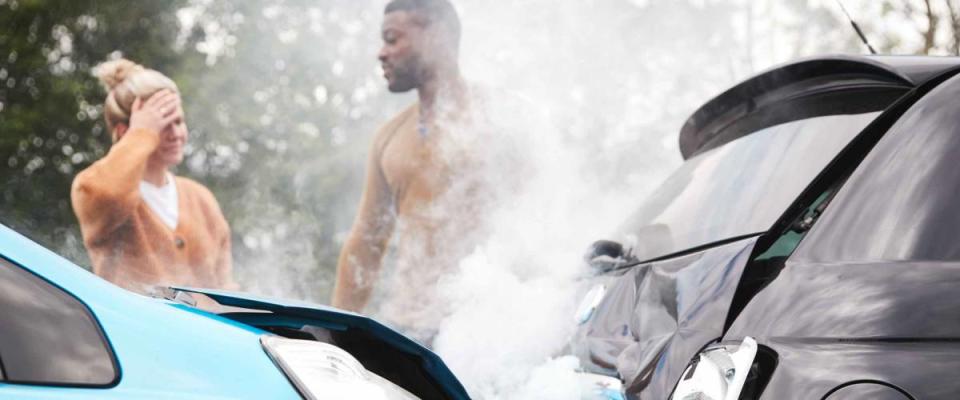Tesla's self-driving cars a step toward a future without auto insurance

The phrase “asleep at the wheel” could soon lose all meaning as Tesla and other automakers push self-driving cars closer to reality.
CEO Elon Musk says select Tesla drivers could get their hands on “full self-driving” software as early as Oct. 9.
The upgrade won’t make the cars truly autonomous, but Musk dreams that one day people will safely fall asleep on their way home in a Tesla.
That raises an obvious question: If a self-driving car does crash while you’re snoozing, what happens? Who is at fault? You? The car’s manufacturer? No one?
The answer could radically disrupt the insurance industry, potentially making some forms of auto insurance obsolete and saving drivers hundreds of dollars a year.
Self-driving cars are on the horizon

We’re still years away from driverless cars speeding down the freeway, but simple automation is already present in many vehicles today.
The Society of Automotive Engineers uses a five-point scale to measure automation. A Level 1 vehicle can help out with either steering (like lane-centering assistance) or speed (like adaptive cruise control). A Level 2 vehicle can do both at the same time.
Level 2 vehicles are already available from automakers like Hyundai, Kia and Ford. And despite the name, the current version of Tesla’s “full self-driving” software remains at Level 2.
Level 5 vehicles (the asleep-at-the-wheel kind) could be commercially available by the end of the decade, says a report from the independent Victoria Transport Policy Institute. But they may not be affordable until the 2040s or 2050s.
These four-wheeled robots promise to be much safer than human drivers, potentially eliminating a third of all crashes, according to a study from the Insurance Institute for Highway Safety.
That means fewer insurance claims and lower premiums for everybody — if you even need insurance at all.
Some forms of insurance may go extinct

As vehicles become more and more automated, car insurance may end up looking radically different.
Right now, the risk you pose as a driver is a huge factor in the amount you pay each month. Insurers look at your driving history, age, sex, the miles you clock, where you live and even your credit score to assess your risk, then bill you accordingly.
But with autonomous cars, your driving skill and temperament may not matter at all.
In fact, lawmakers may rule that any and all liability for an accident would fall on the car’s manufacturer. If someone gets hit by your self-driving car, their complaint isn’t with you; it’s with Tesla, Ford or Hyundai for the failure of their technology.
Some automakers, like Volvo, have already announced that they will accept full responsibility for property damage or injuries caused by their self-driving cars. And a 2014 Brookings Institute study found that product liability laws in the U.S. are already in good shape to handle the shift.
With humans off the hook, liability coverage — the kind required by law in almost every state — could become a thing of the past.
Other kinds of insurance will endure

Even if some forms of coverage do become obsolete, you may not be able to eliminate your auto insurance policy entirely.
Many drivers will still want comprehensive coverage, which protects against threats like theft or extreme weather.
And in the event of a hit-and-run, you’d still want coverage that will repair your vehicle and pay for any injuries you sustain. In some states, personal injury protection is mandatory.
Self-driving cars could actually cost you more in some ways, too. Automakers may start charging a lot more for their vehicles to account for the cost of covering collisions, making it even more important to score a good deal.
And because the repairs for these highly sophisticated cars may be highly expensive, insurance premiums could stay elevated even if self-driving cars succeed at dramatically reducing the rate of accidents on the road.
How to reduce your bills in the meantime

As it stands, asleep-at-the-wheel automation is years off, which means paying for auto insurance is a must.
But overpaying is not. The human drivers of today have several options to slash their auto insurance premiums.
First, you’ll want to deal with any debt you’re carrying. In most states, insurers are allowed to use your credit information to set your premiums, and they see people with high debt as risk takers.
Next, keep in mind that some vehicles cost more than others to insure. One of the biggest factors is how much your car costs to replace — so if you’re looking for a new ride, consider shopping around for a more affordable option.
Finally, the best way to save on auto insurance is simply to shop around for a better price every so often. If you haven’t compared quotes this year — or in the last few years — you may be paying hundreds of dollars more than you need to. You can use the same strategy to save on home insurance, too.
This article provides information only and should not be construed as advice. It is provided without warranty of any kind.

 Yahoo Finance
Yahoo Finance 